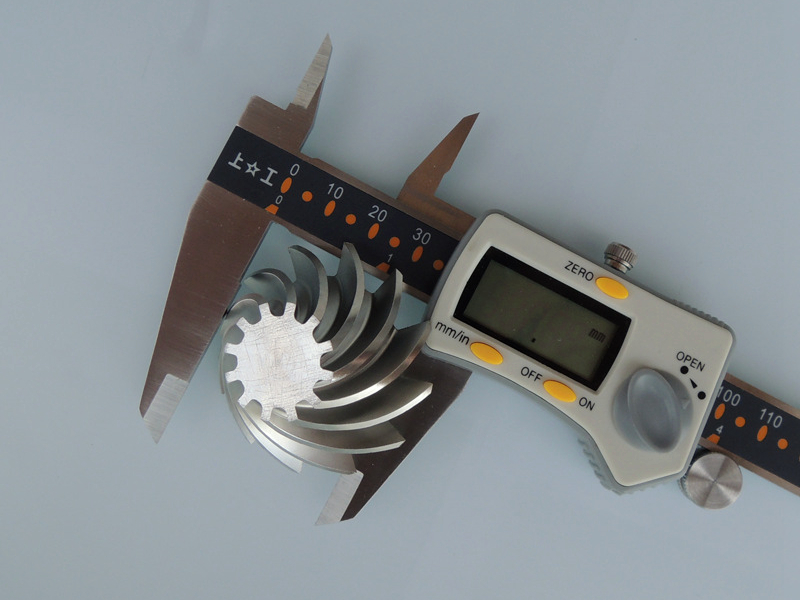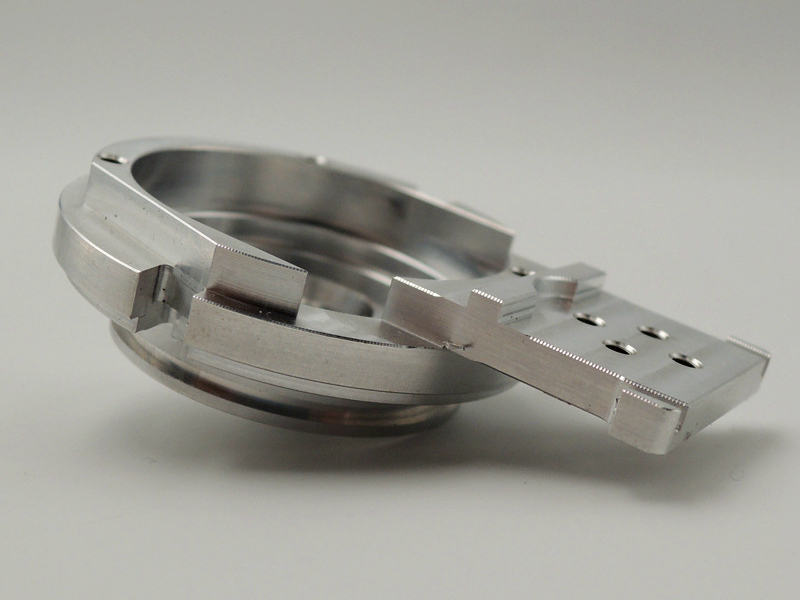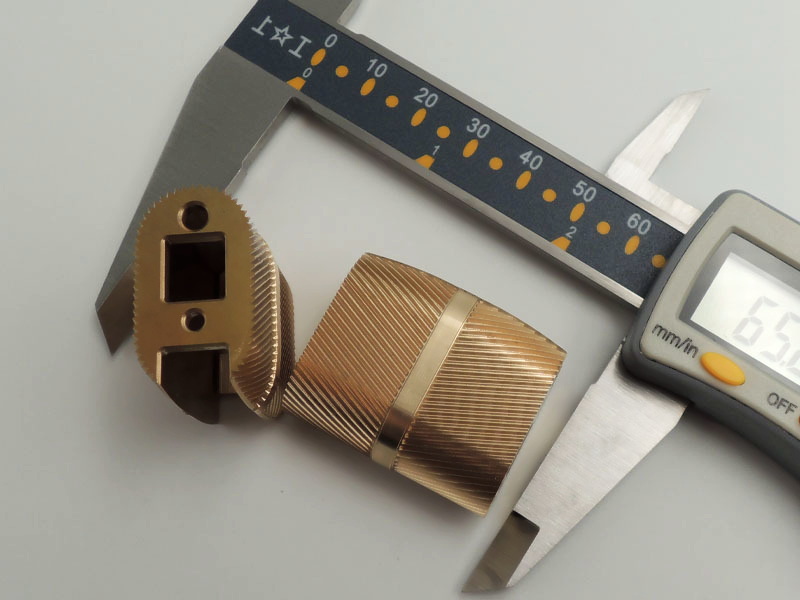What factors affect the cost of custom CNC machined parts the most?
What Factors Affect the Cost of Custom CNC Machined Parts the Most?
Cost-Drivers in CNC Machining Projects
The cost of custom CNC machined parts is influenced by several technical and production variables. These include material type, part complexity, machining time, tolerances, surface finishes, and order volume. Understanding these drivers allows buyers to optimize designs and reduce unnecessary expenses while maintaining functionality and quality.
1. Material Type
Material selection significantly impacts cost due to differences in raw price, machinability, and tool wear.
Low-cost options: Aluminum 6061, Carbon Steel 1018
Medium-cost: Stainless Steel 304, Brass C360
High-cost/exotic: Titanium TC4, Inconel 718, PEEK
Harder or more heat-resistant materials increase tool wear, machining time, and often require specialized tooling.
2. Part Geometry and Complexity
The more complex the geometry, the longer the machining time and the more axis motion required. Features that drive up cost include:
Thin walls, deep pockets, undercuts
Tight radii and sharp internal corners
Multi-face access requiring 4 Axis or 5 Axis CNC milling
Simple, open geometries require fewer setups and shorter run times.
3. Tolerance Requirements
Tighter dimensional tolerances (e.g., ±0.005 mm) increase cost due to slower feed rates, inspection processes, and specialized tooling. Standard tolerances (±0.1 mm) reduce complexity and cost. Industries like aerospace and medical devices typically demand ultra-precision standards.
4. Surface Finishing
Post-processing steps such as anodizing, electropolishing, powder coating, or passivation add both labor and material costs. Finishes that require masking, polishing, or secondary machining increase unit cost further.
5. Quantity and Batch Size
Low-volume runs typically have higher per-unit costs due to setup time, programming, and non-recurring engineering (NRE). Higher volumes allow amortization of setup costs, tooling investment, and process optimization.
1–10 pcs: Prototyping range—highest per-unit cost
10–100 pcs: Low-volume production—moderate cost
100+ pcs: Cost-efficient batch machining
6. Machining Time and Setup Requirements
Cycle time per part is one of the most direct cost factors. Parts that require multiple tool changes, machine setups, or high spindle speeds take longer to produce. This is especially true for components requiring multi-axis machining or tight-tolerance inspection.
7. Inspection and Quality Requirements
Parts requiring 100% dimensional inspection, first article inspection (FAI), CMM reporting, or material certification will cost more. Applications in nuclear, medical, and aerospace often fall into this category.
8. Lead Time and Delivery Schedule
Expedited manufacturing (under 3–5 days) can incur rush fees or require overtime resources. Standard production lead times (7–15 days) offer better cost efficiency. Global delivery options and customs requirements may also affect final pricing.
Full-Capability Custom CNC Machining with Cost Transparency
Neway Machining offers end-to-end Custom CNC Machining Services, from prototyping to mass production. With expertise across aluminum, titanium, superalloys, and plastics, we optimize cost through DFM feedback, efficient setups, and integrated surface finishing.



